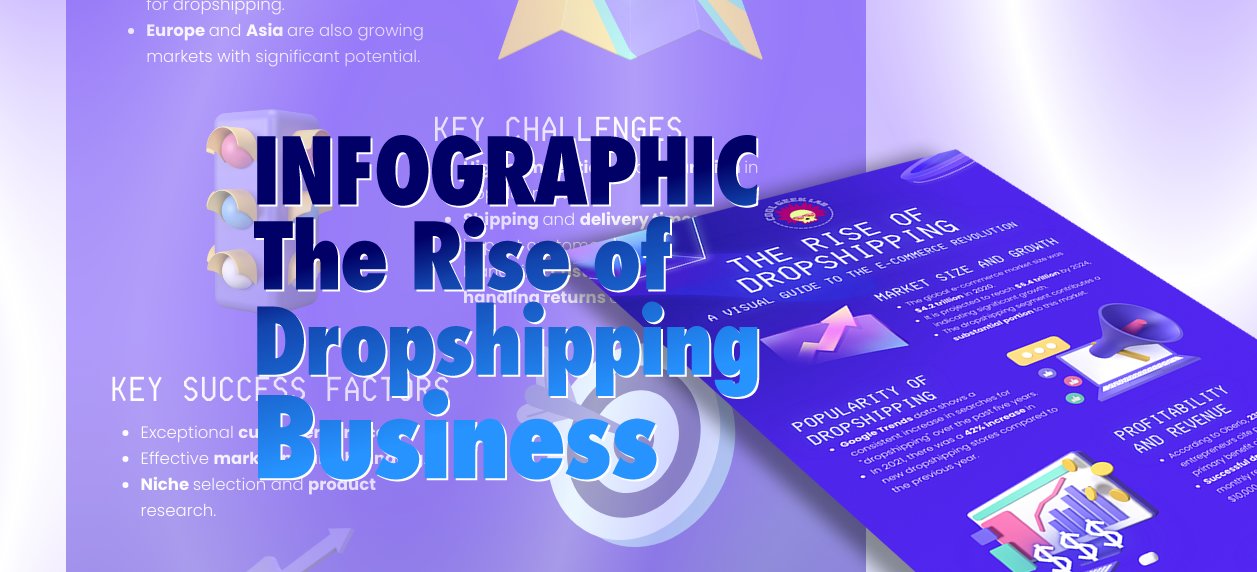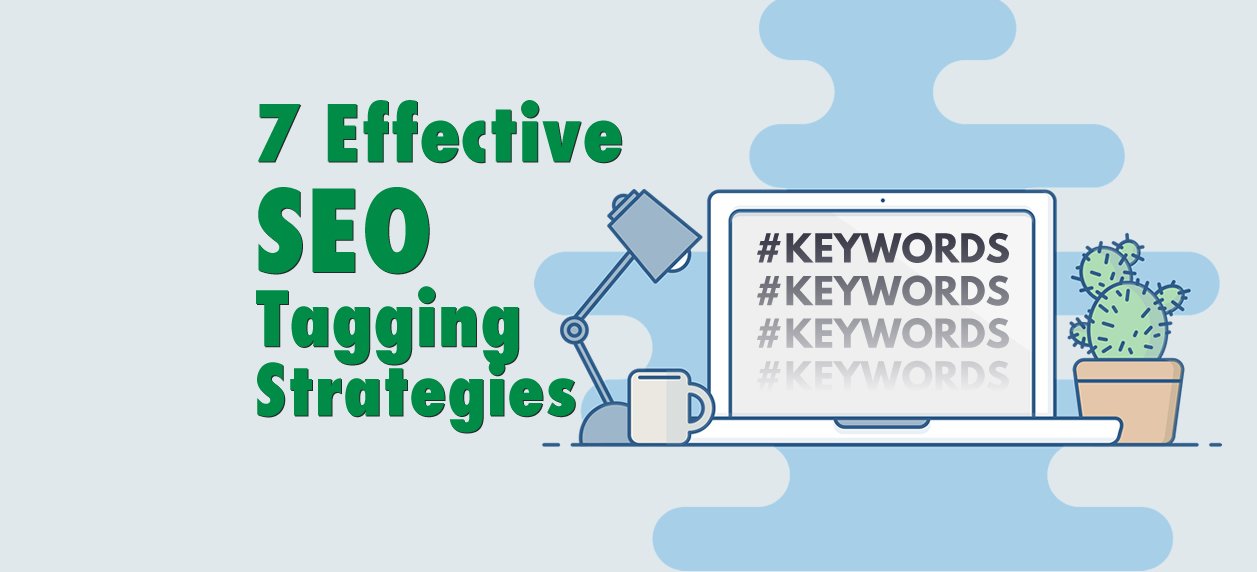In the fast-paced world of social media marketing, staying ahead of the curve is essential. The key to success in this ever-evolving landscape is not just creating engaging content but also having the ability to adapt, improve, and optimize strategies based on data-driven insights. Welcome to the realm of analytics and iteration – a dynamic duo that can elevate your social media game to new heights in 2023 and beyond.
Table of Contents
Let's dive into this comprehensive guide on harnessing the power of analytics and iteration to supercharge your social media strategy, including real-world examples and case studies.
The Analytics Advantage
Understanding Your Audience
Analytics offer a treasure trove of information about your audience. It's like having a direct line to their likes, dislikes, and preferences. You can:
- Identify the demographics of your followers, such as age, gender, location, and interests. This is invaluable for crafting content that resonates with your core audience.
- Uncover insights into user behavior. Which posts get the most engagement? What time of day is your audience most active? What types of content do they share the most?
- Learn about your competitors. Many social media analytics tools allow you to spy on your competitors (legally, of course). Analyzing their performance can provide critical insights into your own strategy.
Case Study: Buffer's Analytics Prowess
Buffer, a popular social media management platform, excels in analytics and audience understanding. They use their social media accounts for a variety of purposes, from sharing informative blog posts to announcing product updates. But they don't guess what works; they rely on analytics.
For instance, they noticed that their audience engaged significantly more with posts that featured eye-catching visuals and succinct captions. Armed with this insight, they optimized their content to include more visual elements and concise messaging.
The result? Increased engagement, better conversion rates, and a more informed content strategy.
Conversion Tracking
A critical aspect of analytics is tracking conversions. In the context of social media marketing, a conversion could be anything from someone signing up for your newsletter to making a purchase on your website. It's the holy grail of digital marketing, and analytics can help you find it.
Strategies for Conversion Tracking
- Tagging URLs: Use campaign-specific URLs in your social media posts. Tools like Google Analytics can help you track how many users came to your website from a particular social media post and whether they took the desired action.
- Social Media Pixels: Platforms like Facebook offer the Facebook Pixel, which enables you to track conversions on your website. You can measure the actions people take after interacting with your ads, like adding products to their cart or making a purchase.
Case Study: Conversion Tracking Mastery by Shopify
Shopify, the renowned e-commerce platform, has mastered the art of conversion tracking. With its easy-to-use dashboard, Shopify allows businesses to track conversions like a pro. By providing comprehensive data on the entire purchase process, from cart additions to successful checkouts, businesses can see what's working and what needs improvement.
Through tracking, Shopify enables e-commerce businesses to optimize their websites and social media strategies for higher conversion rates, directly impacting their bottom line.
A/B Testing
A/B testing, also known as split testing, is the practice of comparing two versions of a webpage or marketing campaign to determine which one performs better. It's a valuable tool for optimizing your social media efforts.
A/B Testing Strategies
- Test Post Formats: Experiment with different post formats. For example, post one version of a blog link with a brief summary and another version with a captivating quote from the article. Monitor which one receives more clicks and engagement.
- Variations in Visuals: Test different images, graphics, or videos to see which ones resonate best with your audience. Even slight changes in visuals can significantly impact engagement.
Case Study: A/B Testing Success by HubSpot
HubSpot, a leader in inbound marketing and sales software, uses A/B testing extensively to optimize its social media strategy. In a recent A/B test, they experimented with the phrasing of a Facebook post.
One version read, “We've got a new blog post – check it out!” The other version was slightly different: “We've got a brand-new blog post – take a look!” By testing these two variations, HubSpot could measure which one led to more click-throughs and engagement.
The results? The second version with “brand-new” outperformed the first one, highlighting the power of A/B testing in refining social media content for maximum impact.
Content Performance Analysis
Content performance analysis is about understanding what works and what doesn't. It's the “X-ray vision” into your social media strategy, helping you uncover the magic ingredients that make certain posts stand out.
Strategies for Content Performance Analysis
- Identify Top-Performing Posts: Regularly review your social media analytics to identify your top-performing posts. What common elements do they share? It might be the use of compelling visuals, engaging storytelling, or a specific posting time.
- In-Depth Engagement Analysis: Dive deeper into the engagement metrics. It's not just about the number of likes but also about comments, shares, and the quality of the conversations sparked by your content.
Case Study: Content Performance Wizardry at Red Bull
Red Bull, the energy drink giant, is a master of content performance analysis. They use their social media channels to share adrenaline-pumping videos, extreme sports stunts, and compelling stories of daring adventurers.
Through in-depth engagement analysis, Red Bull discovered that their audience responded most enthusiastically to video content. This insight led them to focus more on video production and distribution across their social media channels.
The result? Red Bull's YouTube channel is a roaring success, with millions of subscribers and billions of views, all thanks to the power of content performance analysis.
Follower Demographics
Understanding your followers' demographics is like having a detailed map of your audience. You can tailor your content to speak directly to your core demographic, making your social media efforts more effective.
Strategies for Utilizing Follower Demographics
- Create Personas: Develop audience personas based on demographic data. These personas represent your ideal customers and guide your content creation and marketing strategies.
- Geographic Tailoring: If you have followers from different regions, consider creating content tailored to each group's preferences. What works in New York may not work in Los Angeles.
Case Study: The Age-Defying Success of Dove
Dove, the personal care brand, is celebrated for its “Real Beauty” campaigns. Through analytics, they learned that their core audience was predominantly women between the ages of 25 and 54. Armed with this knowledge, Dove created content that resonated with this demographic, emphasizing self-esteem and natural beauty.
The “Real Beauty” campaigns, featuring women of all ages and body types, received widespread praise and engagement from their target demographic. By utilizing follower demographics, Dove achieved remarkable success in aligning their content with their audience's values and preferences.
Conversion Tracking
Conversion tracking is a critical aspect of analytics. In the context of social media marketing, a “conversion” could be any action you want a user to take, whether it's signing up for your newsletter, downloading an ebook, or making a purchase.
Case Study: Shopify's Conversion Tracking Expertise
Shopify, a leading e-commerce platform, has mastered the art of conversion tracking. With its intuitive dashboard, Shopify provides businesses with a comprehensive view of the conversion process. From tracking cart additions to successful checkouts, businesses gain a clear understanding of the customer journey.
Through conversion tracking, Shopify empowers e-commerce businesses to make informed decisions about their website's design, social media campaigns, and overall online shopping experience. This has a direct impact on sales, as optimizing the conversion process leads to higher revenue and customer satisfaction.
Customer Journey Mapping
Understanding the customer journey is a vital component of social media analytics. It involves mapping out the various touchpoints where a customer interacts with your brand, from the initial discovery to the final conversion.
Strategies for Customer Journey Mapping
- Identify Key Touchpoints: Determine the critical stages in the customer journey where engagement and conversions are most likely to occur. This could include interactions on social media, email marketing, and website visits.
- Tailor Content to the Journey: Create content and messaging that guides users through each stage of the journey. For instance, awareness-focused content at the discovery stage, educational content during consideration, and compelling offers for the decision stage.
Case Study: The Unforgettable Customer Journey of Airbnb
Airbnb, the online marketplace for lodging and travel experiences, excels in customer journey mapping. They understand that the journey begins with discovery. Users often start by exploring destinations on social media platforms, reading reviews, and getting inspired by visually stunning content.
Airbnb tailors its social media content to cater to each stage of the customer journey. They use storytelling to evoke wanderlust and offer destination-specific content that entices users to explore the possibilities. As users progress through their journey, Airbnb's messaging evolves from inspiration to practical booking information.
By mapping the customer journey effectively, Airbnb has become a dominant player in the travel industry, with millions of bookings made through its platform.
Identifying Drop-Off Points
Drop-off points in the customer journey are where users abandon their journey without converting. Identifying these points is crucial for optimizing the user experience and increasing conversion rates.
Strategies for Identifying Drop-Off Points
- Analyzing Analytics Data: Use analytics to pinpoint where users typically drop off. It might be during the checkout process, after viewing a specific page, or at a particular stage in the customer journey.
- User Surveys and Feedback: Collect feedback from users to understand why they abandoned their journey. Was it due to a complicated checkout process, high shipping costs, or another factor?
Case Study: Amazon's Unrelenting Pursuit of Perfection
Amazon, the e-commerce giant, has a relentless focus on identifying and addressing drop-off points in the customer journey. One critical area they've mastered is the checkout process.
By closely analyzing user behavior and feedback, Amazon has refined its checkout experience to minimize friction. They introduced one-click purchasing, simplified address entry, and offered transparent shipping options. As a result, Amazon has one of the highest conversion rates in the e-commerce industry, with users rarely abandoning their shopping carts.
Competitor Benchmarking
Analyzing the performance of your competitors on social media provides valuable insights that can guide your own strategy. By understanding what works for them, you can adapt successful tactics and find gaps in the market.
Strategies for Competitor Benchmarking
- Identify Key Competitors: Determine who your main competitors are on social media. Look for businesses with a similar target audience and market presence.
- Analyze Content and Engagement: Study the type of content your competitors share and how their audience engages with it. Are they using video content, posting user-generated content, or running contests?
- Follower Growth and Audience Insights: Assess how your competitors' followers are growing. Are they seeing rapid growth in a specific region or demographic? This can inform your strategy.
Case Study: Coca-Cola's Sip of Success
Coca-Cola, one of the world's most iconic brands, has mastered competitor benchmarking. They closely monitor the social media strategies of their main rival, Pepsi.
Coca-Cola has observed that Pepsi often runs interactive social media campaigns, encouraging users to create content or participate in contests. Taking a page from their competitor's book, Coca-Cola has implemented similar strategies, driving engagement and brand loyalty.
By benchmarking against Pepsi and other competitors, Coca-Cola has managed to maintain its status as a leading global brand.
Feedback Integration
Social media is a two-way street. You can learn as much from your audience as they can from you. By integrating user feedback into your strategy, you can address concerns, make improvements, and build trust.
Strategies for Feedback Integration
- Monitor Comments and Messages: Pay close attention to the comments, messages, and mentions related to your brand on social media. What are users saying? Are there recurring issues or suggestions?
- Act on Feedback: When users provide feedback, take action. Whether it's resolving customer complaints, implementing suggested changes, or acknowledging positive comments, show your audience that you value their input.
- Feedback Surveys: Conduct feedback surveys on your social media channels to gather specific insights from your audience. This can help you understand their preferences and concerns.
Case Study: The Open Ears of Starbucks
Starbucks is a shining example of a brand that listens to its customers on social media. They encourage users to provide feedback, whether it's about a specific store experience, product suggestions, or concerns.
By actively engaging with their audience and acting on feedback, Starbucks has made notable improvements to their products and customer experience. This feedback-driven approach has created a loyal customer base who appreciates the brand's willingness to listen and adapt.
Trend Analysis
Staying current with industry trends is a vital part of social media success. It's about riding the wave of what's hot and incorporating relevant trends into your strategy.
Strategies for Trend Analysis
- Stay Informed: Keep your finger on the pulse of your industry.
- Follow Industry Publications: Regularly read industry-specific blogs, publications, and news sources to stay updated on the latest trends, innovations, and emerging technologies.
- Social Media Trend Tracking: Monitor social media trends and hashtags. Platforms like Twitter often feature trending topics that can provide insights into what's capturing public attention.
- Competitor Trend Analysis: Study your competitors' strategies to identify trends they're leveraging. Are they using a particular format, hashtag, or approach that's gaining traction?
Case Study: Nike's Trendsetting Mastery
Nike is renowned for its ability to stay ahead of industry trends. They were quick to adopt emerging trends in sustainable and eco-friendly products. By actively promoting their eco-conscious initiatives on social media, Nike positioned itself as an environmentally responsible brand.
As the sustainability trend gained momentum, Nike's early adoption paid off, leading to increased brand loyalty and sales.
Regular Review Meetings
Regular meetings and discussions among your team are crucial for analyzing analytics, insights, and strategy adjustments. Collaborating and sharing ideas ensures that everyone is on the same page and working towards common goals.
Strategies for Productive Review Meetings
- Set Clear Objectives: Define the purpose of the meeting and what outcomes you expect. Are you reviewing performance data, discussing upcoming campaigns, or addressing issues?
- Data Sharing: Have all necessary data and insights ready for the meeting. This includes analytics reports, feedback, and the latest industry trends.
- Action Items: Assign action items to team members based on the meeting discussions. Ensure that everyone knows their responsibilities and deadlines.
- Follow-Up Meetings: Schedule follow-up meetings to track progress on action items and address any challenges or roadblocks.
Case Study: Hootsuite's Collaborative Success
Hootsuite, a social media management platform, is a prime example of a brand that emphasizes regular review meetings. Their marketing and social media teams meet bi-weekly to discuss performance data, upcoming campaigns, and social media strategy.
By maintaining open communication and collaborating, Hootsuite ensures that everyone is aligned and informed. This collaborative approach has played a vital role in their success as a social media management tool.
An Iterative Approach
The power of analytics and iteration lies in their iterative nature. You don't stop at analyzing data; you use that data to make informed changes, test new strategies, and keep improving.
Implementing an Iterative Approach
- Analyze, Adjust, Repeat: After analyzing data, make adjustments to your social media strategy. Test new approaches, track their performance, and repeat the process.
- Iterate in Small Steps: Don't overhaul your entire strategy at once. Instead, make incremental changes to avoid drastic disruptions.
- Continuous Learning: Encourage a culture of continuous learning within your team. Share insights, discuss failures, and celebrate successes.
- Be Agile: Social media trends and audience preferences change rapidly. Be prepared to pivot and adapt as needed.
Conclusion
In the ever-evolving landscape of social media marketing, analytics and iteration stand as the pillars of success. They empower businesses to understand their audience, optimize strategies, and adapt to an ever-changing digital world.
From understanding your audience demographics to analyzing content performance and tracking conversions, analytics offer a wealth of valuable insights. Case studies of industry leaders like Buffer, Shopify, and Red Bull showcase the real-world impact of effective analytics.
Iteration takes the knowledge gained from analytics and puts it into action. A/B testing, customer journey mapping, and feedback integration are just a few of the strategies that enable brands to continually improve. Case studies of HubSpot, Airbnb, and Coca-Cola provide real-world examples of successful iteration.
By embracing an iterative approach and maintaining an ongoing commitment to improvement, businesses can unlock the full potential of their social media marketing efforts. Just like Amazon, Shopify, and Hootsuite, you can fine-tune your strategies, delight your audience, and drive exceptional results.
So, are you ready to embark on this exciting journey of analytics and iteration? The world of social media is waiting, and the possibilities are boundless.
Cheers to your continued success in the dynamic realm of social media marketing! 🚀📊💡




